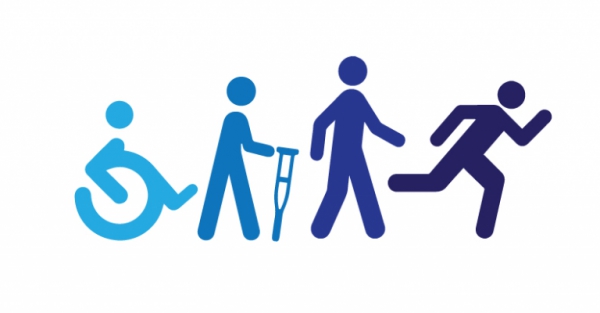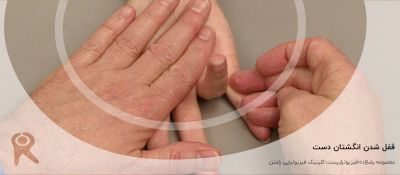Effects of Manipulations
Spinal manipulations can relieve back pain by taking pressure off sensitive nerves or tissue, increase range of motion, restoring blood flow, reducing muscle tension, and, like more active exercise, promote the release of endorphins within the body to act as natural painkillers.
Recent research has shown that the neurophysiological effects of a single session of spinal mobilization are mostly 5 minutes or less. An exception to these findings is hypoalgesia which may last up to 24 hours.
Indication
The underlying pathological cause of low back pain (LBP) is only determined in about 15% of all cases. Because of this, there has been much confusion and debate about the best way to treat patients with LBP. There have been numerous studies done to determine the effectiveness of different treatment interventions for these patients. Evidence has been conflicting regarding the effectiveness of spinal manipulation as an intervention in this patient population. Spinal manipulative therapy is less effective than often assumed. The enthusiasm for this treatment as thé treatment for low back pain should be tempered. There is no evidence found that spinal manipulation is superior to other therapies such as back schools, physical therapy and exercises. But it is also not proven that these therapies are superior to spinal manipulation. So spinal manipulation is one of the several options for the treatment of patients with low back pain. The remark that all these findings are of modest effectiveness should be kept in mind. Next to it, manipulations are found more effective in the acute than in the chronic cases of low back pain. It has to be noticed that manual therapy is only indicated in the acute cases which have a varied course. On the other hand, it is proven that spinal manipulative therapy appears to be no better or worse than other existing therapies for patients with chronic low-back pain.
The best way of using the manipulations is in combination with other therapeutic modalities. There is evidence from a high quality study, that spinal manipulative therapy combined with exercise is more effective than other procedures like spinal manipulation, exercise or physician consultation alone.
Flynn et. al determined that patients that meet certain criteria were more likely to experience short-term improvements with spinal manipulation. A clinical prediction rule was developed in order to identify these patients with LBP who will most likely benefit from spinal manipulation. Spinal manipulation is a sub-group of the Treatment-Based Classification Approach for low back pain.
The use of spinal manipulation as part of treatment for low back pain is recommended by several clinical practice guidelines, including the New Zealand Guidelines for Acute Low Back Pain[9], and the recently published NICE guidelines.
Clinical Prediction Rule for Manipulation
The following five factors are the criteria included in the five factor predictor rule for manipulation:
- Pain lasting less than 16 days
- No symptoms distal to the knee
- FABQ score less than 19
- Internal Rotation of greater than 35 degrees for at least one hip
- Hypomobility of a least one level of the lumbar spine
The patients that received the most benefit from spinal manipulation for LBP are those that met at least four out of the five criteria for spinal manipulation.The positive likelihood ratio for those exhibiting four out of five of the factors is 24.3[12]
However, the two most important identifiers for manipulation are: [13] - Pain lasting less than 16 days
- No symptoms distal to the knee
Contra-indications
The following scenarios are contraindications to low back pain:
- Any pathology that leads to significant bone weakening
- Neurological: cord compression, cauda equina compression, nerve root compression with increasing neurological deficit
- Vascular: aortic aneurism, bleeding into joints
- Lack of diagnosis
- Patient positioning can not be achieved because of pain or resistance.
Adverse Effects
- Vertebral artery dissection
- Acute vertigo
- Cerebro vascular accidents
As you can notice, almost all complications are found with patients whom has been treated for a neck problem and not a thoracale or lumbar problem. A big question that remains unsolved is the incidence of the adverse effects.










